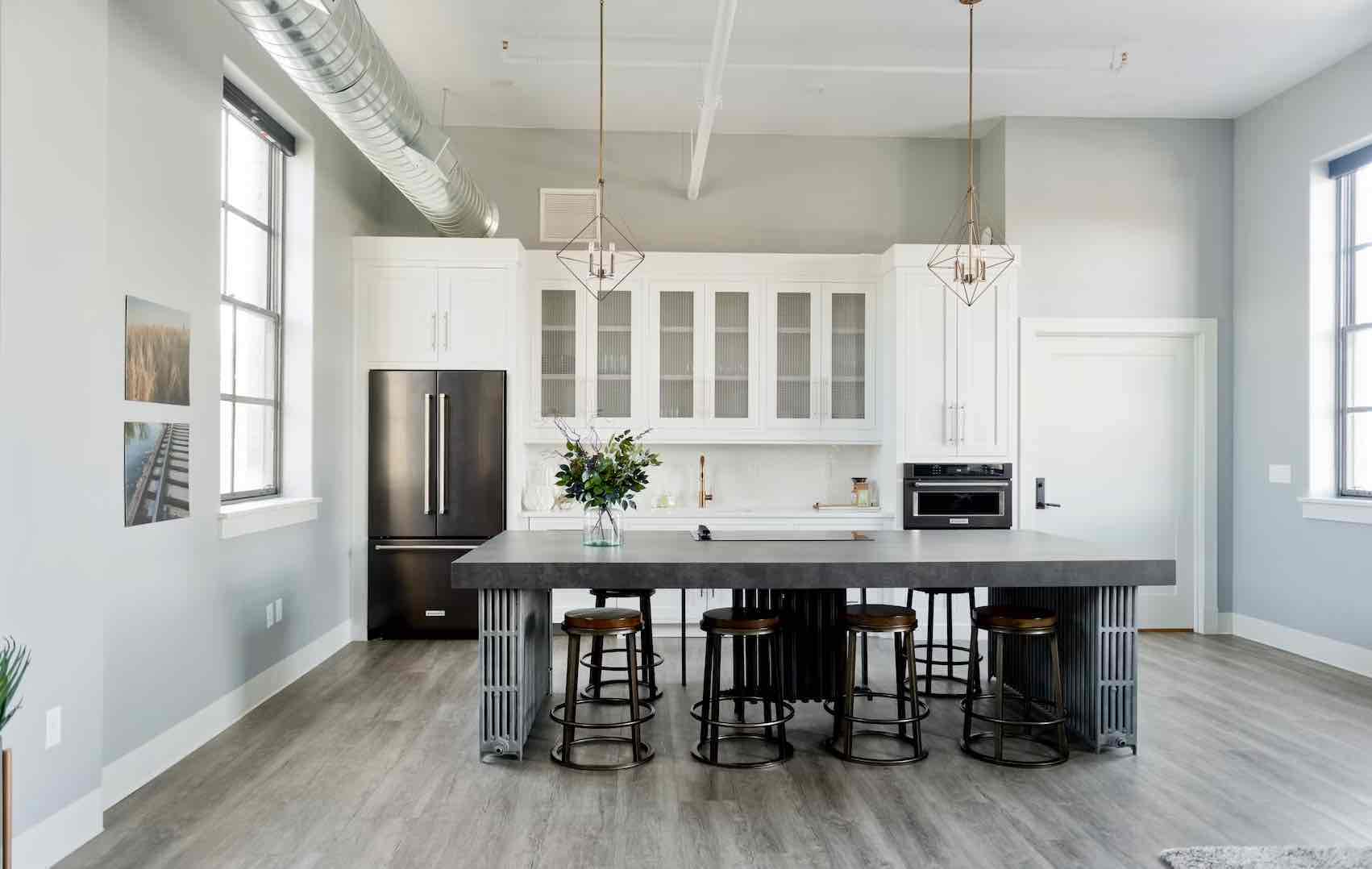
29 Jun How to Effectively Deal with Mold in Your Cabinets
Discovering mold in your cabinets can be alarming and unsettling. Not only can mold cause health issues, but it can also damage your cabinets and affect the air quality in your home.
In this blog, we will provide you with a comprehensive guide on how to effectively deal with mold in your cabinets. From identifying the problem to removing the mold and preventing its recurrence, we’ll cover new ideas and advice to tackle this issue head-on and restore a healthy and mold-free environment in your kitchen.
- Identify the Source and Cause: Before addressing the mold issue, it’s crucial to identify the source and cause of the mold growth. Check for any plumbing leaks, water damage, or excessive moisture in and around the cabinets. Poor ventilation, high humidity levels, and water leaks are common culprits behind mold growth.
- Safety First: When dealing with mold, it’s essential to prioritize your safety. Wear protective gloves, goggles, and a mask to prevent direct contact with the mold spores and inhalation of airborne particles. Open windows or use fans to improve ventilation during the mold removal process.
- Remove and Clean Affected Items: Start by removing all items from the cabinets. Inspect each item for mold growth, and if any are affected, clean them thoroughly with a mixture of water and mild detergent. For porous materials that cannot be effectively cleaned, it may be necessary to discard them to prevent further mold spread.
- Scrub and Treat the Cabinets: Using a mixture of water and vinegar or a mild bleach solution (1 part bleach to 10 parts water), scrub the interior of the cabinets to remove mold stains and kill the spores. Be cautious when using bleach and ensure proper ventilation. Allow the cabinets to dry completely before proceeding.
- Repair Any Water Leaks: If the mold growth was a result of water leaks, it’s essential to address the underlying issue. Repair any plumbing leaks promptly to prevent further moisture buildup and mold growth. Consider hiring a professional plumber if needed.
- Improve Ventilation: Proper ventilation is crucial in preventing mold growth. Install ventilation fans or exhaust systems in the kitchen area to remove excess moisture and promote air circulation. Keep cabinet doors open periodically to allow air to flow and dry out any remaining moisture.
- Apply Mold-Resistant Coating: Consider applying a mold-resistant coating to the interior of the cabinets. These coatings create a protective barrier that inhibits mold growth and makes it easier to clean the surfaces in the future. Consult with a professional or your local hardware store for suitable products.
- Monitor and Maintain: After dealing with the mold issue, it’s essential to monitor and maintain a mold-free environment in your cabinets. Regularly inspect the cabinets for any signs of moisture or mold recurrence. Keep the area clean and dry, promptly address any water leaks or spills, and maintain proper ventilation.
- Seek Professional Help if Needed: If the mold growth is extensive, persistent, or if you have underlying health conditions, it’s advisable to seek professional help. Mold remediation experts can assess the situation, provide effective mold removal techniques, and offer recommendations to prevent future mold problems.
Conclusion
Dealing with mold in your cabinets requires prompt action, thorough cleaning, and preventive measures to ensure a mold-free environment. By identifying the source and cause of mold growth, removing and cleaning affected items, scrubbing and treating the cabinets, repairing water leaks, improving ventilation, applying mold-resistant coating, monitoring and maintaining a mold-free environment, and seeking professional help if needed, you can successfully overcome the challenges posed by mold and restore the integrity of your cabinets and the air quality in your kitchen.
